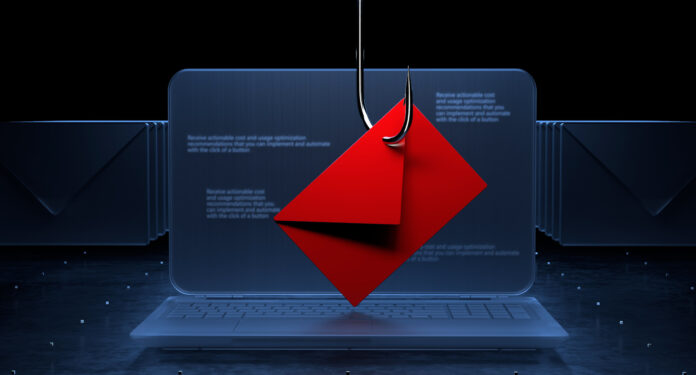
Phishing attacks remain one of the most prevalent and effective cyber threats facing organizations today. As attackers become increasingly sophisticated, it’s crucial for businesses to ensure that their employees are equipped to recognize and respond to phishing attempts. One powerful tool for achieving this is a well-crafted phishing simulation.
In this article, we’ll explore the steps to create a phishing simulation that effectively tests employee response and strengthens your organization’s cybersecurity defenses with accurate results.
Understanding the Importance of Phishing Simulations
Phishing simulations are mock phishing campaigns designed to mimic real-world phishing attacks. They serve several crucial purposes:
- Employee Training: Phishing simulations provide valuable opportunities for employees to learn how to recognize phishing emails and avoid falling victim to them.
- Awareness: These simulations raise awareness about the prevalence of phishing attacks, helping employees understand the significance of their role in cybersecurity.
- Testing Defenses: By emulating real attacks, organizations can assess the effectiveness of their existing security measures and identify areas that need improvement.
- Response Evaluation: Simulations allow organizations to evaluate how well employees respond to phishing threats, identifying strengths and weaknesses.

10 Tips for Creating an Effective Phishing Simulation
To design a phishing simulation that truly tests employee response, follow these essential steps:
1. Set Clear Objectives
Begin by defining your objectives. What specific skills or behaviors do you want to test or improve? Your objectives might include measuring the percentage of employees who recognize phishing emails, evaluating the response time to report suspicious emails, or assessing the effectiveness of your organization’s security awareness training.
2. Identify Targeted Scenarios
Select phishing scenarios that align with your objectives. Consider the types of phishing attacks most relevant to your organization, such as email-based, social engineering, or even voice phishing (vishing). Tailor the scenarios to reflect real-world threats your employees may encounter.
3. Craft Realistic Phishing Emails
Create phishing emails that closely resemble authentic ones. Pay attention to details such as sender names, email addresses, logos, and the language used. Ensure that the emails are convincing and avoid obvious red flags that would make them easily identifiable as simulations.
4. Diversify Phishing Tactics
Vary your phishing tactics to reflect the diversity of real-world attacks. This might include phishing emails with attachments, links to fake login pages, or emails that request sensitive information. By diversifying tactics, you test a wider range of employee responses.
5. Use Phishing Simulation Tools
Leverage phishing simulation tools and platforms designed to facilitate these campaigns. These tools offer features such as tracking email opens, link clicks, and responses. They also provide metrics and analytics to assess the effectiveness of your simulation.
6. Educate Employees Before and After
Prior to launching the simulation, provide employees with comprehensive training and resources on recognizing phishing attempts. Ensure they understand what to look for and the potential consequences of falling victim to phishing attacks.
7. Monitor Employee Responses
As the simulation runs, closely monitor how employees respond to the phishing emails. Track metrics like email opens, link clicks, and responses to gauge the effectiveness of your campaign. Pay attention to which employees need additional training or support.
8. Provide Immediate Feedback
Immediately after the simulation, provide feedback to employees about the campaign. Highlight the phishing emails they encountered and explain why each was a phishing attempt. Offer tips on recognizing and reporting phishing emails in the future.
9. Analyze Results and Adjust
Analyze the data and results gathered during the simulation. Identify trends, common mistakes, and areas where employees performed well. Use this information to refine your security awareness training and adjust your cybersecurity defenses as needed.
10. Conduct Regular Simulations
Phishing simulations should be an ongoing part of your cybersecurity strategy. Schedule regular campaigns to keep employees vigilant and continually improve their phishing detection and response skills.
Fight Phishing with (Simulated) Phishing
Creating a well-crafted phishing simulation that truly tests employee response is a vital component of any robust cybersecurity strategy. By setting clear objectives, crafting realistic scenarios, diversifying tactics, using simulation tools, educating employees, monitoring responses, providing feedback, and conducting regular campaigns, you can strengthen your organization’s defenses against phishing attacks. Remember that employee awareness and preparedness are critical elements in safeguarding your organization from the ever-evolving threat of phishing.




